Latest News
- The Difference of SLA and SLS Rapid PrototypingSource: Honkia Published: 2015-12-18 Views: 5382
-
SLA (Stereolithography) and SLS (Selective Laser Sintering) are two conventional additive manufacturing techniques that have the similar rapid prototyping principle, such as using laser light to build the part layer by layer. While this article is something about their differences:

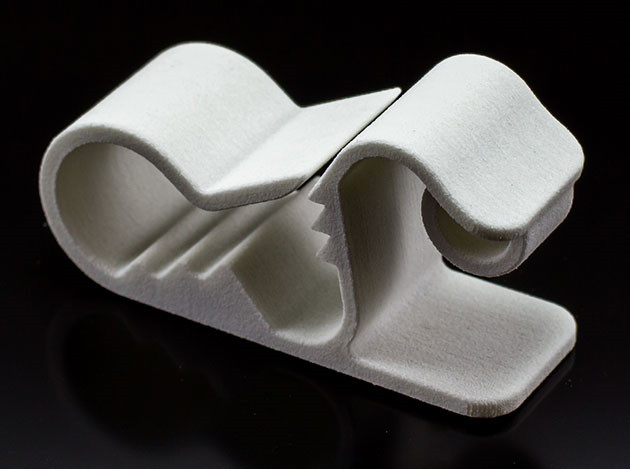
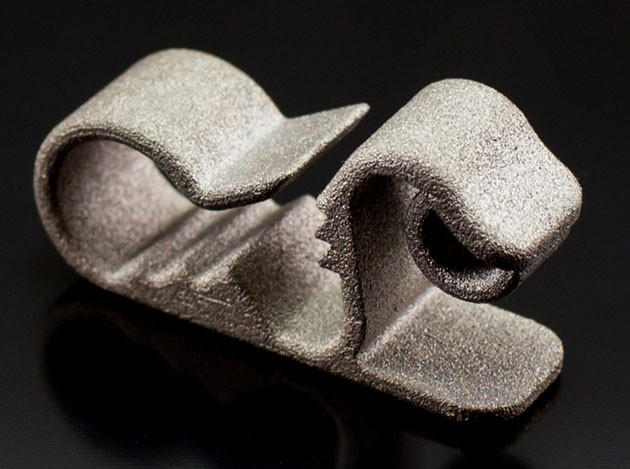
Material Application: SLA materials are liquid photosensitive polymer resins with similar properties to plastic ABS, PP and PC when they cured and solidified. SLS materials are solid plastic and metal powders including PA, PA+GF, Aluminum, Titanium and Stainless steel.
Part Durability: SLA part is brittle as it is made out of liquid photosensitive polymer resins rather than the real engineering plastics. SLS part is built by solid powdered plastics or metals with nearly same durability to its raw materials. Thus SLS part has more durability than SLA one.
Part Surface: SLS part is made by powdered materials fused together but not complete melting through the heating of the laser light, which results in the powdery part surface, especially when the excess fused powders adhered to the part surface because of its too high temperature. SLA part is built by liquid photosensitive resins cured and solidified in room temperature. Therefore, SLA part surface is smoother than SLS one.
Production Cost and Time: SLS cost is a bit of higher than SLA for its relatively higher material cost. There is no big difference between SLA and SLS production time since their similar manufacturing principle.
Generally, SLA is more widely used than SLS for its higher surface definition and tighter tolerance, and SLS is normally used for high durable part manufacturing without tight tolerance and detailed surface requirements.


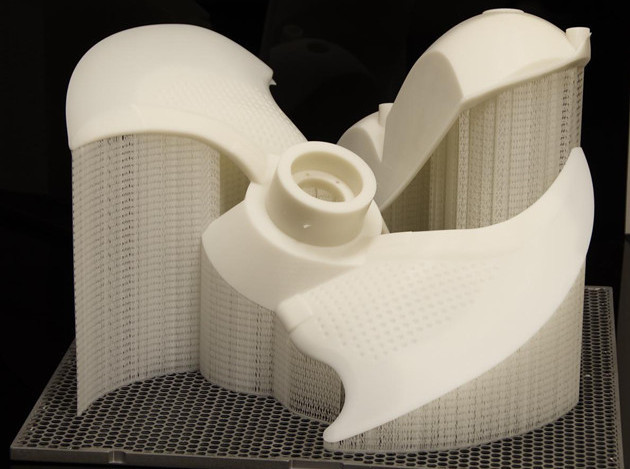
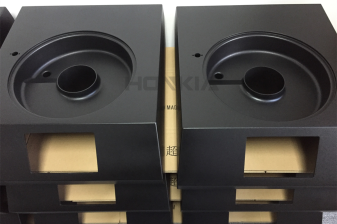 Reaction Injection Molded Enclosure Parts
Reaction Injection Molded Enclosure Parts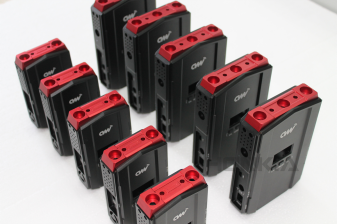 Rapid Low Volume Aluminum Prototypes
Rapid Low Volume Aluminum Prototypes